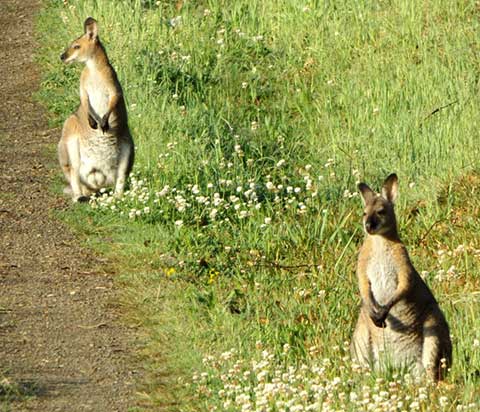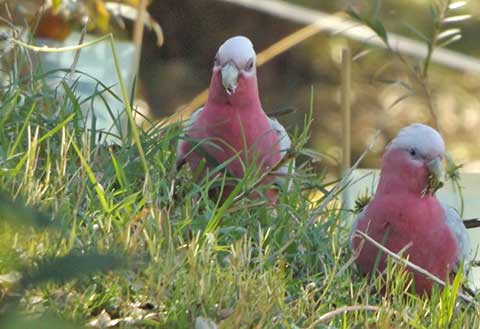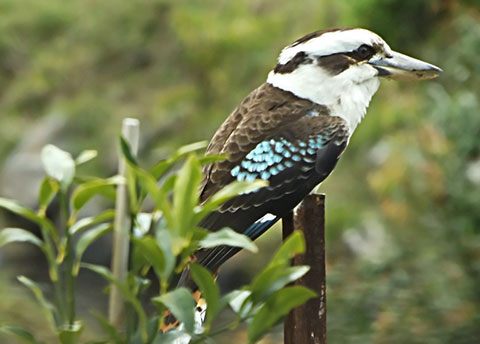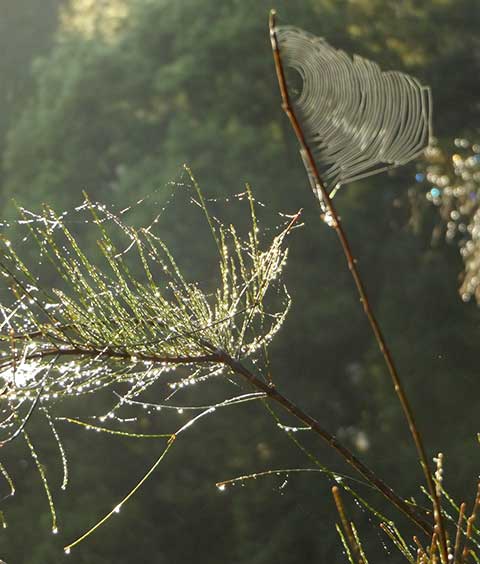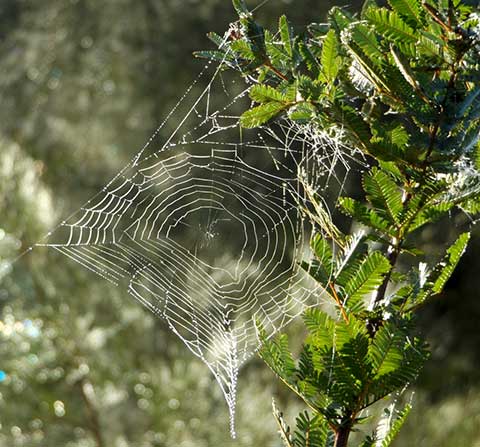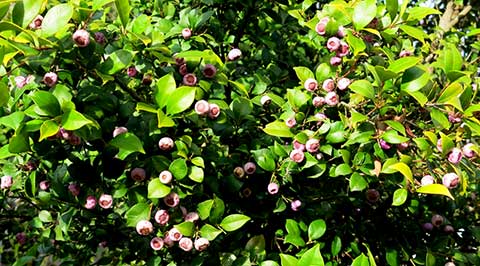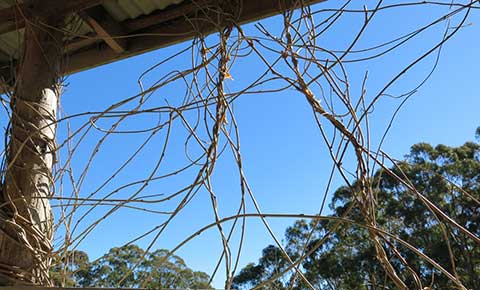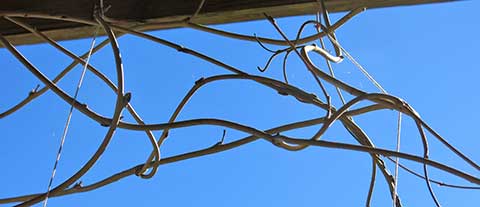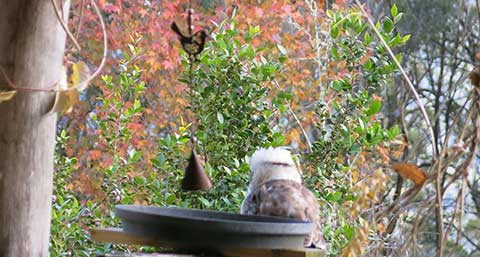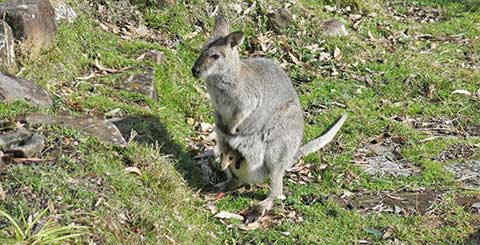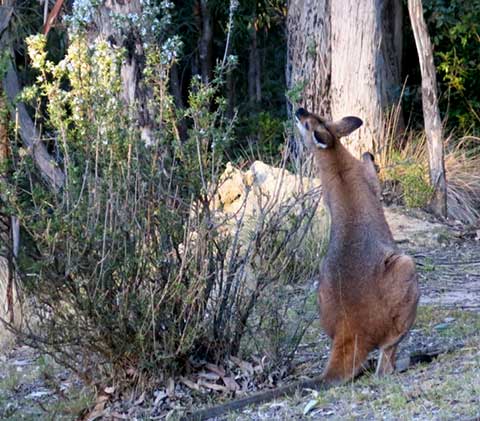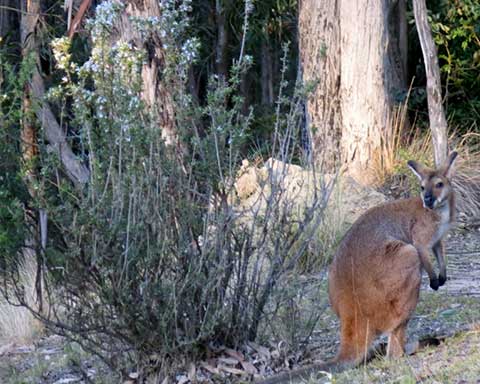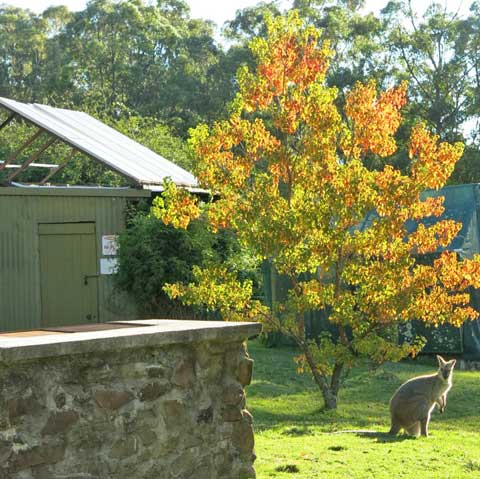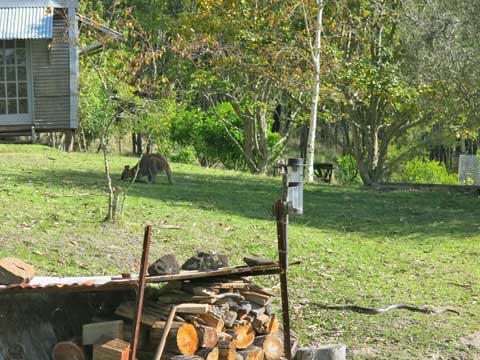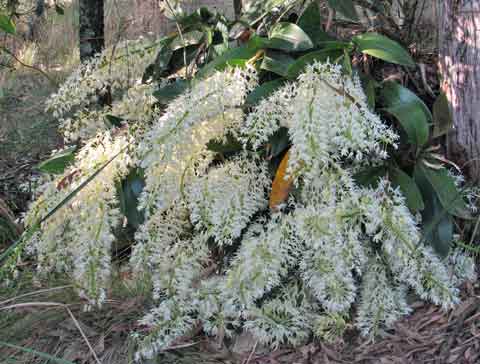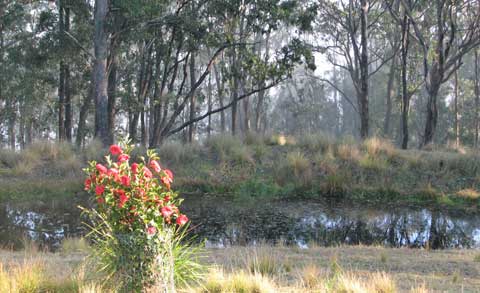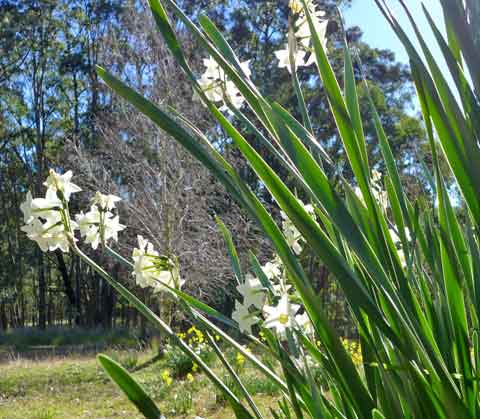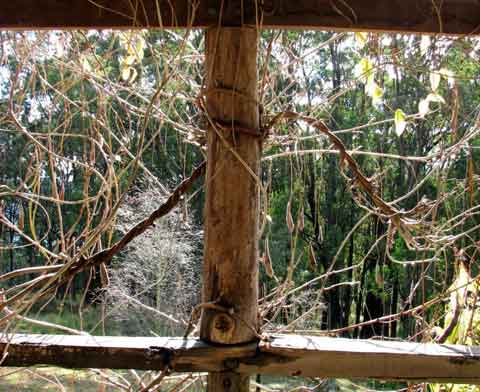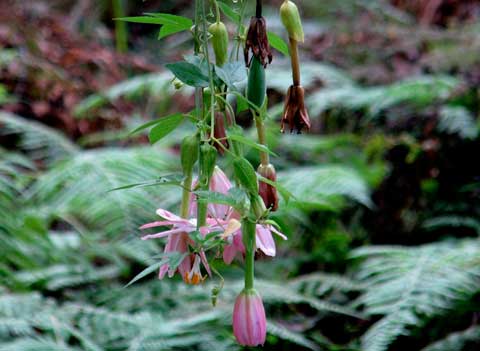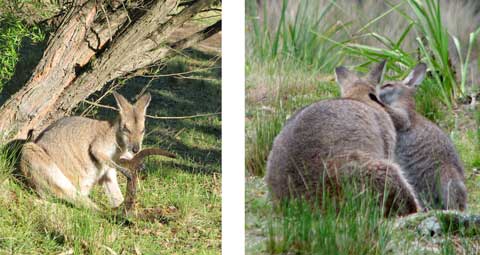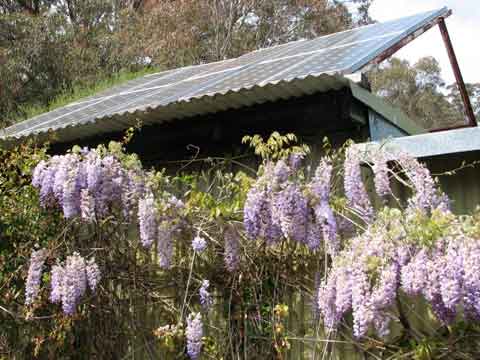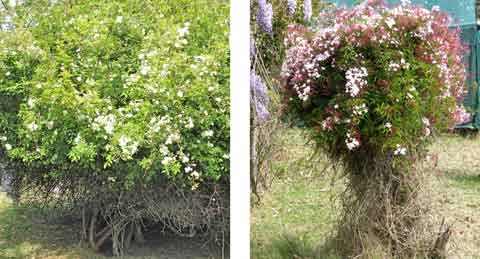This Spring the Welcome Swallows and the Willy Wagtails have both chosen to raise their families on my verandah.
The Willy Wagtails built a tidy and solid new nest, a smooth cylinder of cobwebs and grass and bodily fluids.

The slack Swallows just re-used the old one; didn’t even shore up the crumbling structure, just did an interior makeover with more feathers.
But at least two of the Swallow babies survived and flew and still kept returning to the nest area as home base.
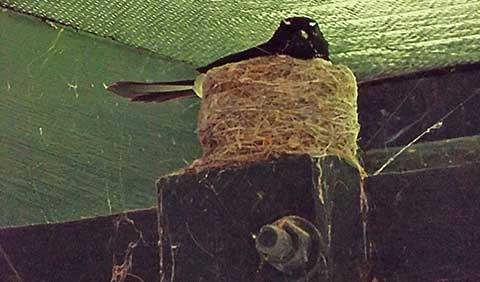
When the Willy Wagtail decided hers was good enough, she sat. And sat. A rare occasion for the hyperactive Wagtail to be still long enough for me to get a photo.
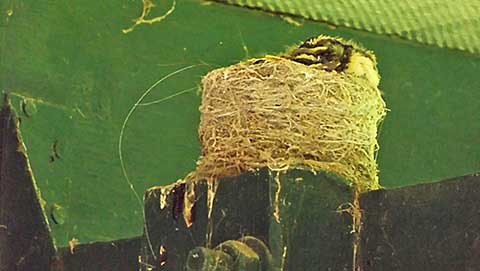
When she sat less often, I waited for the first peeps, but heard none. Compared to Swallow babies, these are quiet — just bundles of fluff and beak, huddled together in a tiny nest.

There look to be four of them, as yet far less handsome than their dapper parents. They are all keen to be ready for a feed when a parent appears.

The parents are kept frantically busy, catching food and returning to feed one chick at a time, putting their own beak right down the chick’s throat.
At this rate they’ll outgrow that nest very soon…
